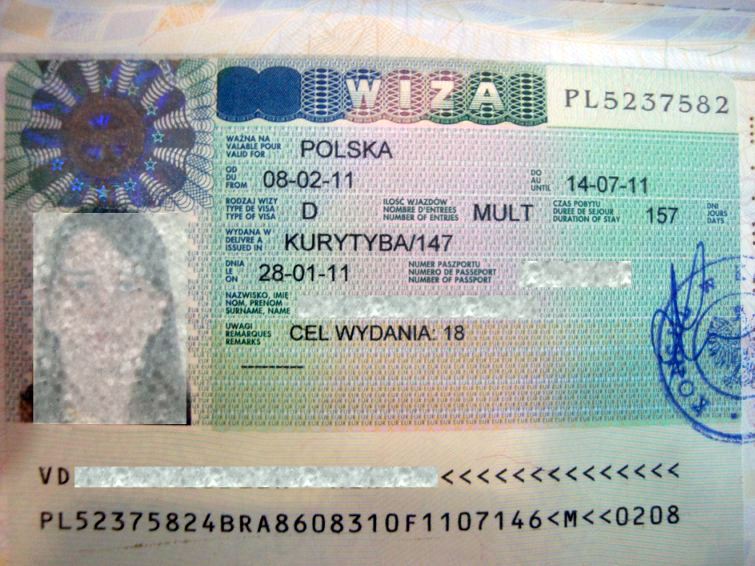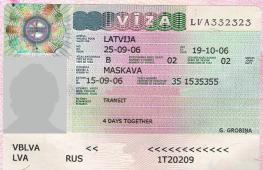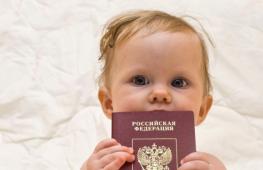What are the types of Schengen visas: categories and transit permits
A Schengen visa gives the holder the right to visit the territory of the states. There is no passport control at the borders, so a foreigner with a sticker in his passport can feel free. However, there are limitations. They are due to the fact that there are different types of Schengen visas, on which the length of stay and the ability to visit Europe several times depend. It is necessary to study the rules before proceeding with the paperwork.
The division into types of Schengen visas, or categories, is the most common. The unified visa has three categories: A, C and D.
Category A
Airport transit visa. Required for foreigners who fly from one country to another with a transfer in the Schengen area. Russians do not need a transit permit with one exception: if a Russian citizen arrives at French airports from Belarus, Egypt, Ukraine, Georgia, Azerbaijan, Moldova and Armenia.
However, if a foreigner has a valid Schengen visa of another type, the transit is not processed.
Category C
The most common type. This is a short-term Schengen visa that allows you to travel to a European state. It has several subspecies:
- C1: visit up to 30 days.
- C2 and C3: visit up to three months. Valid for six months and a year, respectively.
- C4:. It is allowed to stay in the country no more than three months every six months.

Sample short stay visa
A type C visa is not related to the purpose of travel. However, this plays a role in the application process. Additional letters and certificates are attached to the basic package of documents. Therefore, it is important to know the purpose of visiting the Schengen area. Namely:
- Tourism.
- Private visit.
- Studies.
- Business meetings and negotiations.
- Treatment.
Category D
National long-term visa. It is not uniform - each state issues this type of permit according to its own rules. Such a right to enter is issued by those who plan to stay for a long time in the territory of a particular country. For example, get an education, participate in exchange programs or work. Holders of a type D visa can visit other Schengen states, but stay in them for no more than 90 days every six months.

Sample national Polish visa
A national long-stay visa requires strong arguments. For example, if a foreign student enrolled in a full course of study at a European university. Either the applicant is a guest artist, athlete, etc. and comes to share his experience.
The above types of Schengen visas are complemented by an "exotic" visa - LTV. It is short-term and is valid only in the country that issued it. Travel, including transit through the territory of other Schengen states, is prohibited.
Validity periods and the right to multiple visits
The type C visa has differences in the mechanism of use. It happens:
- Single entry... Allows the holder to enter Schengen territory once. After check-out, the document is considered used, even if the validity period has not expired.
- Double... The action is similar to the previous one. The only difference is that you can visit a European state twice. As soon as the second exit stamp appears in the passport, the permit ceases to be valid.
- Multiple, or... Allows you to enter the Schengen territory an unlimited number of times during the entire validity period. However, multiple entry visas have restrictions on the length of stay. The maximum allowed a foreigner to stay within the zone is 90 days every six months. If the visa is issued for a year, then in the second half of the year you can come for another 90 days.

Transcript of a visa
It is important to know that "the duration of the visa" and "the length of stay in the country" are different concepts.
- Validity period - the period when the entry permit can be used.
- Duration of stay - the number of days that can be spent in total in the Schengen area.
For example, a visa is valid for 6 months and a stay for 14 days. This means that a foreigner can spend a total of two weeks in Europe on any dates within the 6 months specified by the consular officer. If it is a multivisa, 14 days can be split into several trips. If a single entry, limit one.
Special transit permits
Special permits include documents that are drawn up according to a simplified system and for a specific purpose, namely, travel to the Kaliningrad region through the territory of Lithuania. These are: FTD and FRT.



